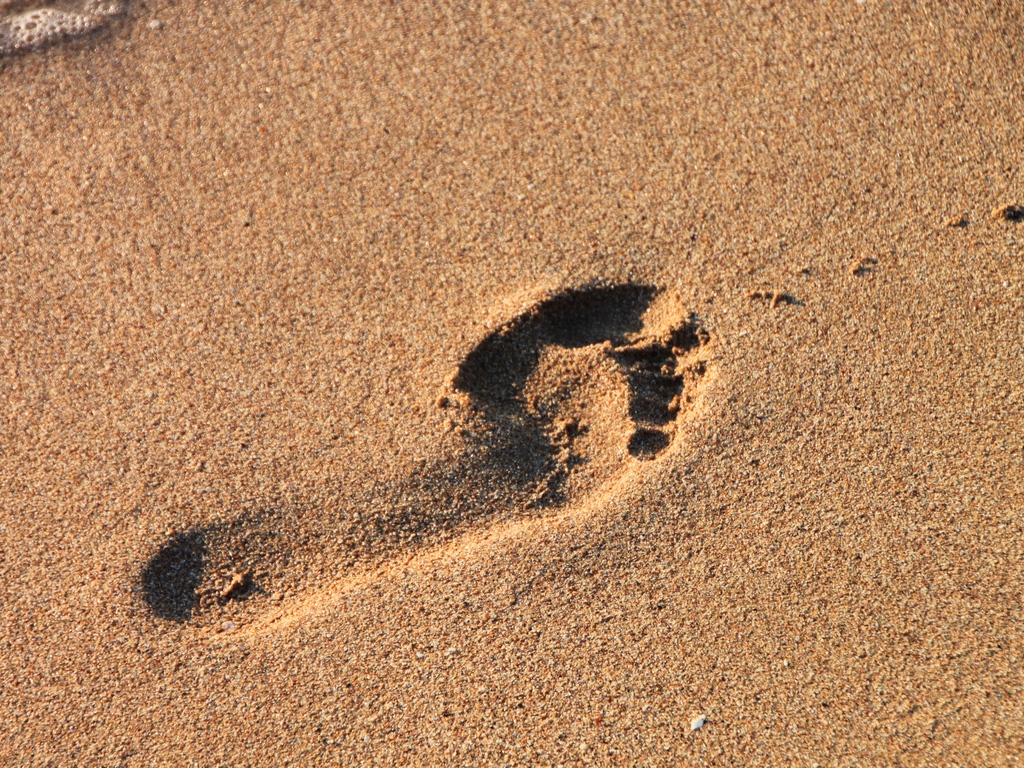
When I think of footprints, I think of the beach. I picture a footprint in sand. It will be there for a little while. As soon as another person steps on it or when a wave flows over it, though, it will be gone and no-one will be able to find it back. Also during our journey in the digital world we create footprints. They are called “digital footprints”. The definition the OED gives, is as follows: “A trace or the traces of a person’s online activity which can be recovered by electronic means; the information about a person that exists on the internet as a result of his or her online activity.” The footprints we create during a beach walk will be gone by tomorrow. Those of our journey in the digital world, however, will not be gone after one day. Even though you can’t see them, they’re there.
Active Digital Footprints
Two weeks ago I wrote about ego searching. Most likely, when you search yourself online you’ll see your X account or LinkedIn account if you have one of those. These are examples of active digital footprints. They are called that way because you yourself created these, conscious of the fact that your personal data would be shared with others. You can find this data by searching for your name on the internet and others can trace your trail also by only using a search engine. That’s why you need to be careful with posting stuff online. Be aware of the fact that it might be your future boss or employer searching you on the World Wide Web and that other people can judge you based on what they find online.
Passive Digital Footprints
There is also data that you won’t find by searching for your name on the internet. Still, it’s there even though you can’t see it. This data is collected without you knowing it. This data is called “passive digital footprints”. Advertisers, for example, use this kind of data to get to know what stuff you are interested in. It includes information about what places online someone has visited and information stored in cookies. In the European Union websites have to ask the user for consent to cookies on the site. Some cookies are necessary for the well-functioning of the website, though. It is hard not to have a digital footprint, like it is hard to walk along the coast without leaving a trail. That’s why it is important to leave good footprints behind and not bad ones.
Whether we are walking on the beach or surfing online, we leave a trail behind. Unlike footprints on the beach, digital footprints will not be gone after one day. The beach might not store your foot sizes, the internet does. That’s how it will recognize you, the next time you will visit. That’s how people get to know stuff about you without having ever spoken to you face to face. That’s also how advertisers know what stuff you are most likely to buy. Digital footprints can be very useful when you need some information about another person or when Google somehow knows what exact information you need. You do need to be careful, though, because without knowing it you might be sharing more information than you’d like.
References
Oxford English Dictionary, s.v. “digital footprint, n.”, September 2023. https://doi.org/10.1093/OED/4799944730



It is scary to think that there might be huge amounts of information about me somewhere on the internet. So yes, I agree with you; we should be careful with what we post online, and we should be more aware that what we post remains forever on the internet.